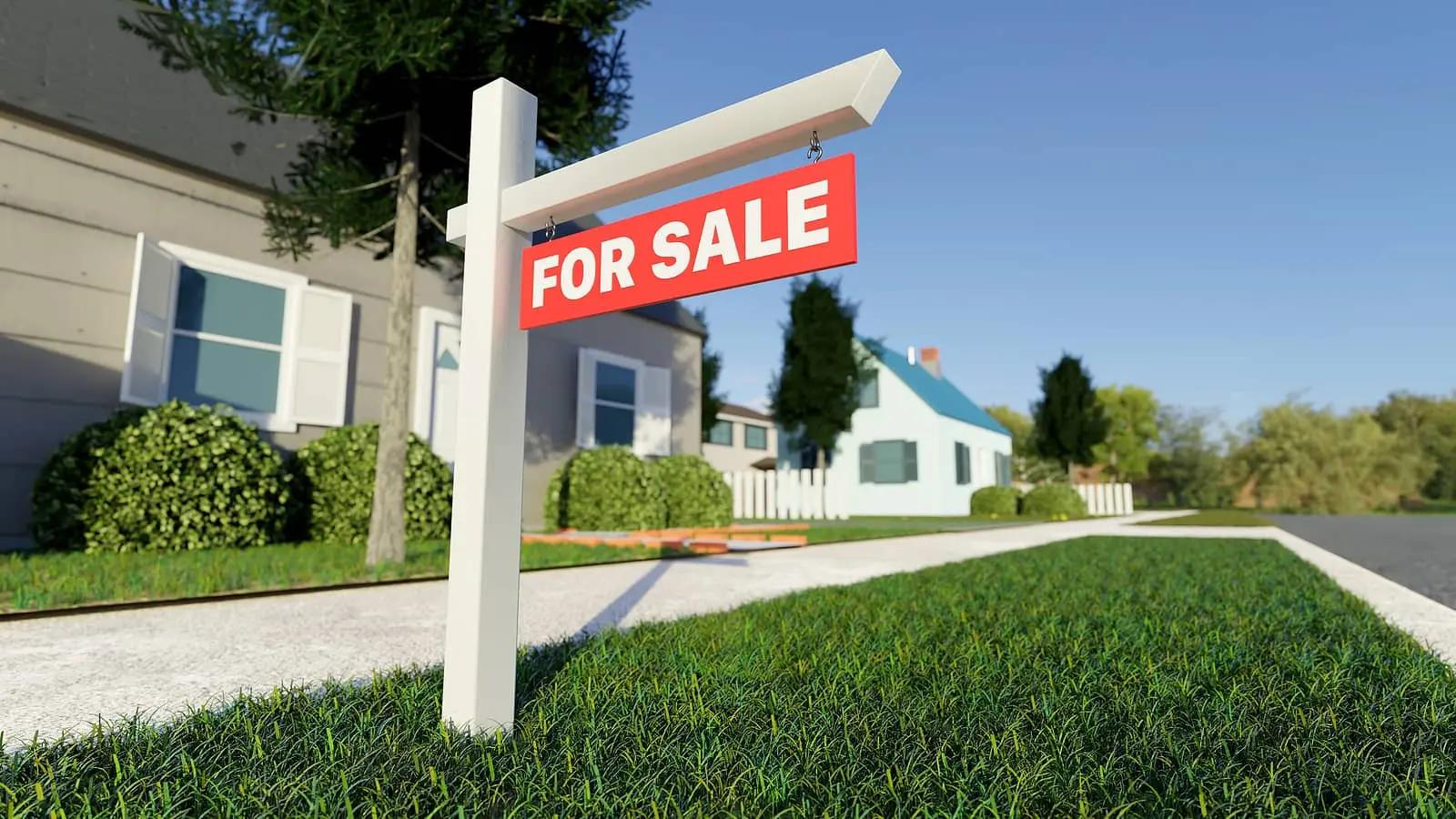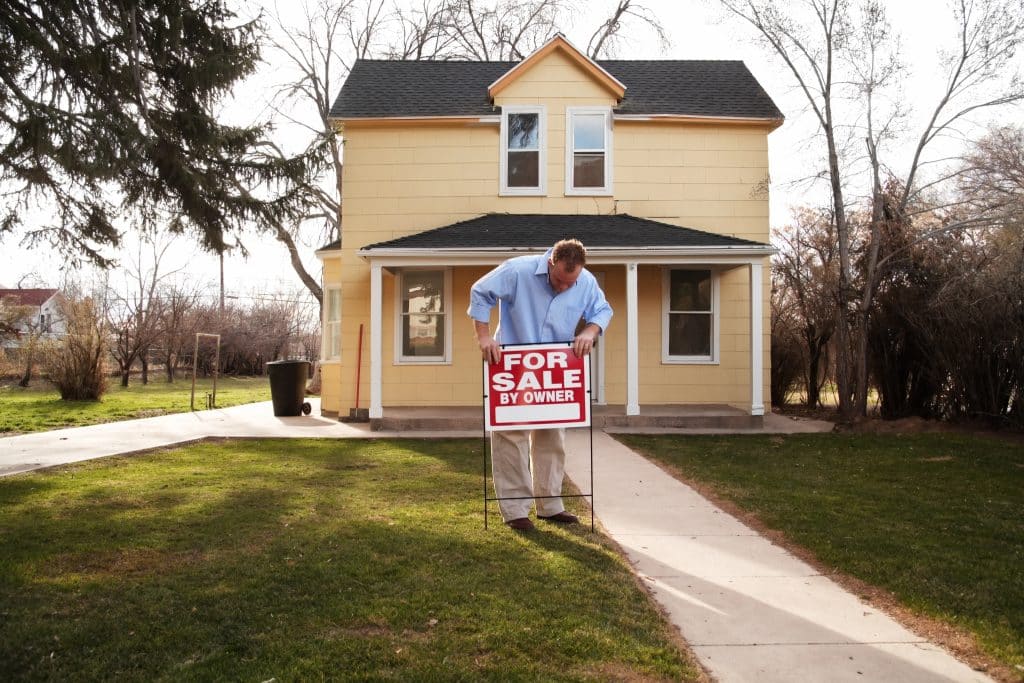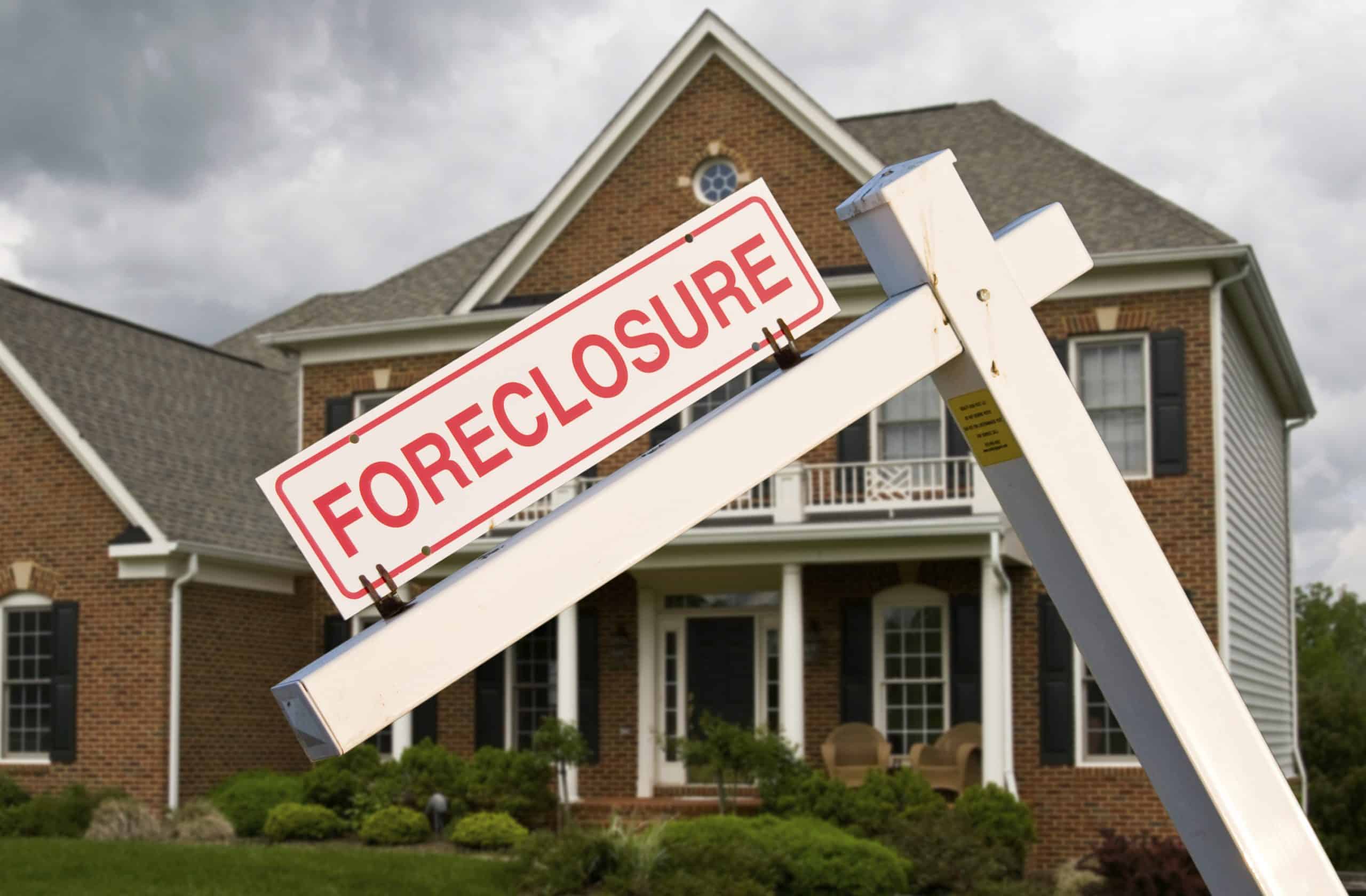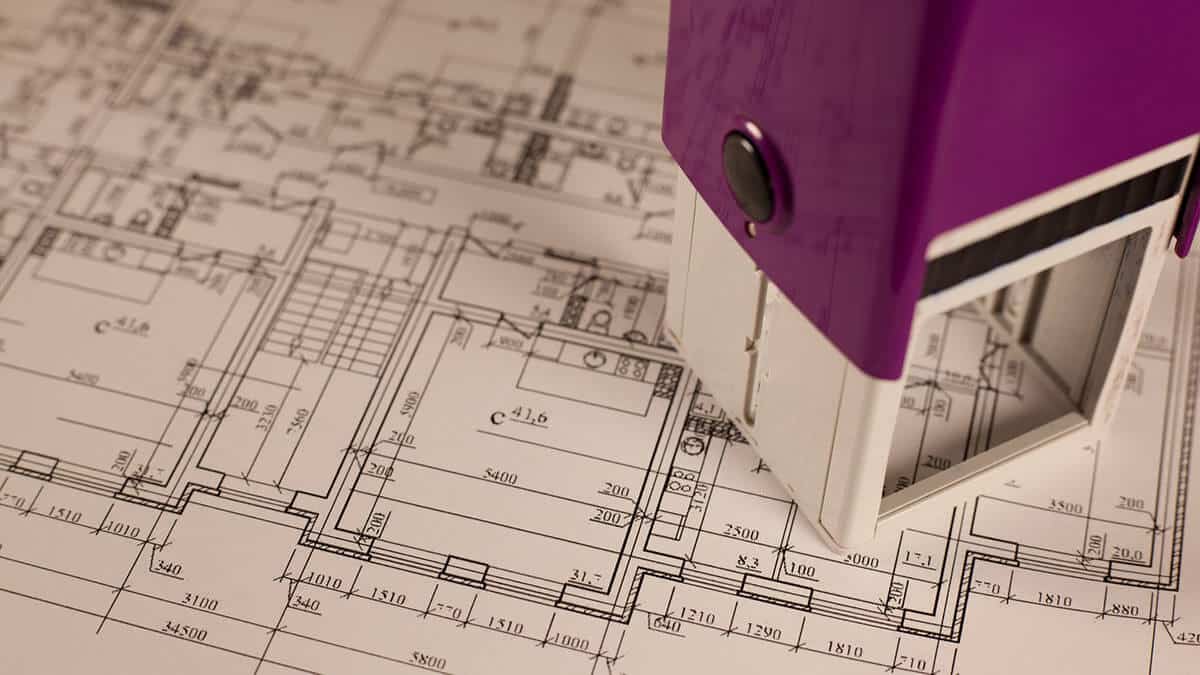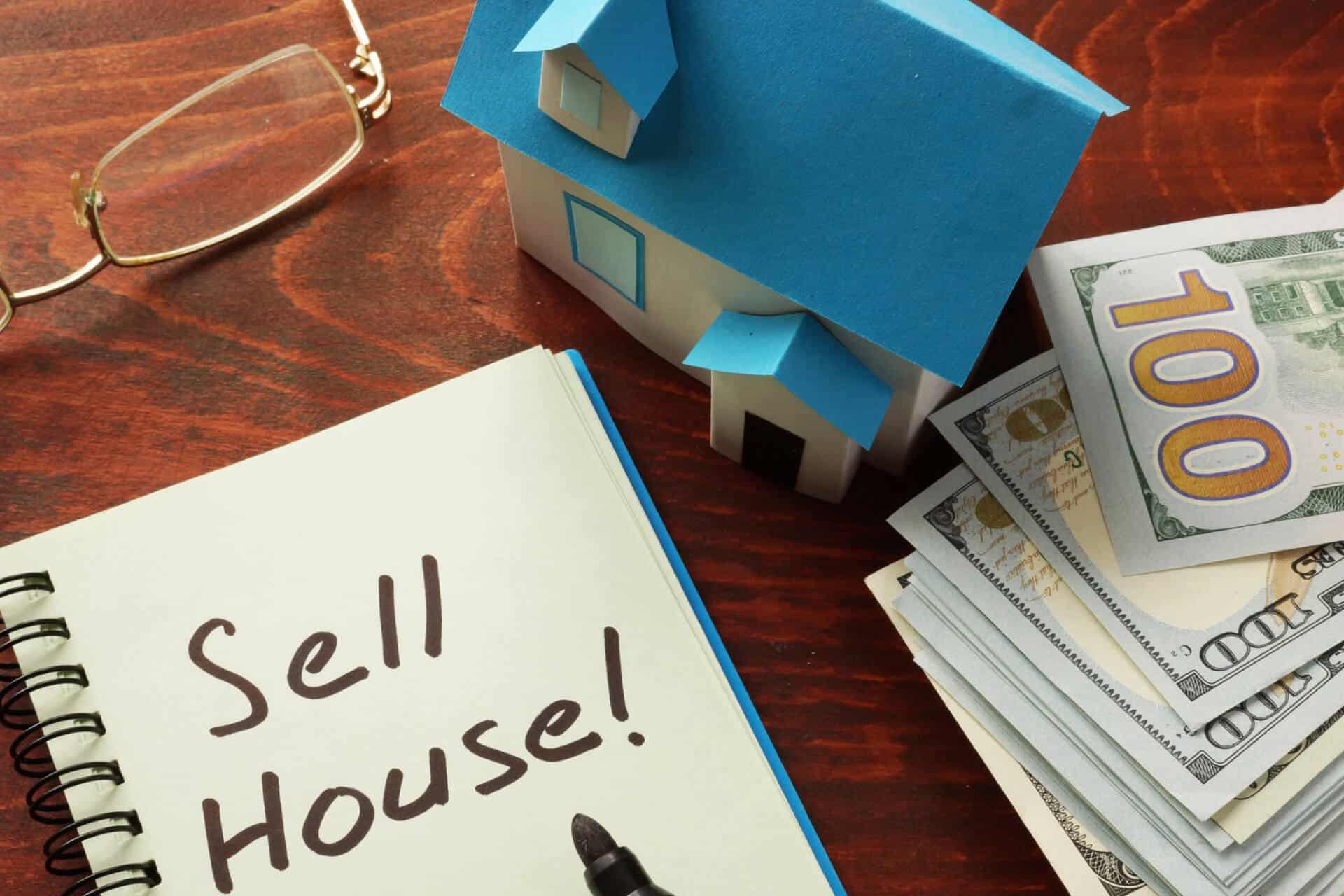
What are the 9 Ways to Increase Your Home’s Value?

The value of your home can increase or decrease due to a variety of different factors. Some variables are hard to control, like the fluctuations in your local housing market. However, others are within your control, such as strategic changes to the premises.
Many home improvements can significantly increase your home’s value, enhancing your equity stake, and making it easier to sell it. While not all will get you their full cost, they will certainly make the home more marketable and, of course, improve your quality of life while you still occupy it.
What are the 9 Ways to Increase Your Home’s Value? There are several ways to increase your home’s value. Some are simple and fast DIY jobs, while others require an upfront investment and the use of professionals.
The 9 Ways to Increase Your Home’s Value
There are different several was to increase your home’s value. Some are simple and fast jobs that you can carry on yourself or with your family to make it look more appealing, while others require an upfront investment and the use of professionals. These strategic upgrades can help you increase your home’s value and sell your house fast for cash or you can use a service that buy houses as-is like ourselves
1- Clean and Declutter :
To increase your home’s value, it’s basic to start by reducing the amount of clutter and un organized stuff. Cleaning and decluttering are relatively inexpensive tasks as far as you don’t use a professional for that, even in larger homes. Professionally cleaning a four-bedroom home costs between $200 and $225, according to HomeAdvisor.
You can save money by doing it yourself: sort through cabinets, closets, drawers, and storage areas, creating donation piles and disposing of unwanted items, and then go and have some pictures before the kids miss that up again.
2- Make the buyer confident of your house
Homes are valued and priced by their livable square footage”not the overall in the ordinary houses”, and increasing this can significantly increase your home’s value. Adding a bathroom, a great room, or an in-law suite can add both function and value. The cost of an addition varies widely, from about $22,000 to $82,000, depending on the size and nature of the project, but you may consider it when you think that your house really need it to be sold like it’s too tiny or unlivable with the current space
3-Embrace Energy Efficiency
Energy-efficient projects can lower utility bills and increase your home’s value because you are paying money that’ll come back to you soon enough. Installing a smart thermostat is a quick upgrade costing between $175 to $1,000, with an average of about $350 which is great value for result. Energy-efficient improvements, such as replacing old windows, installing energy-efficient appliances, and adding insulation, can save homeowners significantly on energy bills and make your home more attractive to buyers, but if you are looking for a quick cash offer to sell your house fast visit us
4- Spruce Up with Fresh Paint
A fresh coat of paint can make interiors and exteriors look as new. Repainting rooms with unusual colors is a good place to start. Interior painting costs range from $970 to $3,000, depending on room size, while exterior painting ranges from $1,810 to $4,505. For larger projects, hiring a professional painter might be worth it as you don’t need to get yourself through a mission that you don’t have the right equipments to do it.
5- Work on Your Curb Appeal “Upgrade the way you look at your house”
Improving curb appeal can make a big difference in your home’s value. Upgrading your landscape with a new walkway, shrubs, planters, mulch, or even a new patio or outdoor kitchen can enhance your home’s exterior they are all a bit of costly things but still have the effect to make the place bigger and more appealing to be sold.
6- Upgrade Your Exterior Doors
Replacing an old front door can work wonders for your home’s curb appeal. Garage doors also play a significant role; modern glass panel doors or rustic wood doors can dramatically improve your home’s appearance because the eye buy the first thing. These upgrades although not being that much or taking that time they offer one of the highest returns on investment among home renovations, with nearly 200 percent ROI for garage doors and 188 percent for steel front doors.
7- Update Your Kitchen
The kitchen is most of the time the central feature of a home for buyers. A minor kitchen remodel with midrange appliances costs around $27,500 and can add about $26,400 in value when it’s time to sell. Small changes like coordinating appliances and installing modern cabinet hardware can also make a significant impact with lower costs than what you think.
8- Throw money into a Proper Lighting
Bringing additional light to your house plays a pivotal role before putting your house on the market and enhances the house’s appeal.
Theo Richardson, the director of development at Rich Brilliant Willing, says,
“Light is a powerful thing. The right light lifts the mood, inspires productivity and motivates us. At home, light enlivens the little things — our morning routines or the moments we spend with friends.”
Strategically illuminating dark corners and accentuating special features with sconces can give your space a distinct allure. Opting for wall-mounted sconces and motion lighting at the cabinet base can create a flattering ambience in bathrooms. Transforming overlooked corners with oversized floor lamps adds intentional design and brightens up neglected spaces.
9- Do not Depreciate Your Home
Before estimating your property value and putting it on the market, it’s rather crucial to take into account some factors. Pricing your house too conservatively might result in leaving a considerable amount of money unclaimed. A drastically reduced price could also deter potential buyers, making them question if there are any hidden issues with the property. Balancing the price appropriately is key to maximizing your home’s worth and not undervaluing it during the sale.

